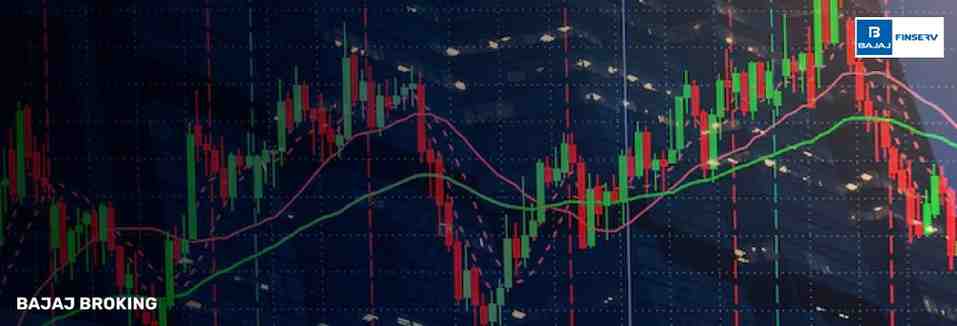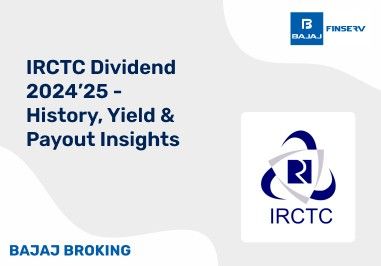We are sure that even if you are new to the world of trading and technical analysis, the term CPR or Central Pivot Range would ring a bell. However, if you are not able to recall the details, you don't have to worry because here you will get to know about everything associated with the term.
To start with, the Central Pivot Range or CPR is an important tool where the technical analysis of the market is concerned. It helps traders spot the potential support and resistance levels when trade sessions are in progress. By understanding how CPR works, traders can gain valuable insights into market trends and gauge the overall market sentiment better.
Let us take a deeper dive into everything you might need to know about this important tool.
What Is CPR in Trading?
Let us have a detailed look at the role CPR plays in trading:
The Central Pivot Range (CPR) is an important tool that helps with the technical analysis of the market and helps traders identify support and resistance levels in ongoing trades by analysing the previous day's price chart.
For intraday traders, CPR helps make informed trading decisions taking into account different price levels.
CPR is made up of three key levels: the pivot point, the top central pivot point, and the bottom central pivot point.
Calculating CPR in Trading
To calculate CPR, below are the steps:
Traders have to first begin by charting three key price levels using the same formulae.
These three levels will be based on a. the lowest, b. the highest and c. the closing prices of a stock on the previous trading day.
When these levels are analysed, traders are better able to potentially predict the price movements that might take place for a stock in the next trading session.
Listed below are the formulas to calculate all three levels of CPR:
Pivot Point = (High + Low + Close) / 3
Top Central Pivot Point (TC) = (Pivot – BC) + Pivot
Bottom Central Pivot Point (BC) = (High + Low) / 2
Interpreting CPR in Trading
CPR or Central Pivot Range is a robust tool that provides traders with valuable insights into market trends and sentiment. By using CPR in the right manner, traders can pinpoint important levels of prices either bouncing back or breaking through.
Here are a few ways through which one can interpret CPR in trading.
When a particular stock’s price does not touch any of its CPR levels all through the trading session, that is when a virgin CPR occurs. The moment a stock steers clear of its CPR range one day the chances that the same would happen the next day are close to 40%. The virgin CPR provides a strong support or resistance level and this is why it is important to take into consideration when making investment decisions.
During times when the stock’s price moves over the top central level, it is an indication of an uptrend; an ideal time for traders to to consider buy positions. In this case, the CPR acts as a support level and helps traders ride the momentum and potentially profit from it.
Think of this as the opposite of the one we had previously discussed. When the price drops below the bottom central level it is an indication of a downtrend; an ideal time for traders to consider sell opportunities. In this case, the CPR works as a resistance level which further indicates that the stock might struggle to move higher.
The time when the stock’s price moves within the CPR lines is known as the accumulation phase. This is a period during which the stock is getting ready to make its next big move. During these times, when the price of the stock stays within a narrow CPR range, a breakout with greater volume above the top central level can be anticipated. In case the CPR range is greater, buying near the upper central pivot point will help traders manage risks better.
Conclusion
To summarise, the Central Pivot Range or CPR is an incredibly useful technical analysis tool that helps traders gauge and predict support and resistance levels depending on the price movements of the previous day.
When traders incorporate CPR into their trading strategy and work on interpreting it, they are able to gain valuable insights into the price trends of stocks and make informed investment decisions based on it.
Do you have a trading account app or demat account app?
You can open an account with Bajaj Broking in minutes.
Download the Bajaj Broking app now from Play Store or App Store.
Disclaimer: Investments in the securities market are subject to market risk, read all related documents carefully before investing.
This content is for educational purposes only. Securities quoted are exemplary and not recommendatory.
For All Disclaimers Click Here: https://www.bajajbroking.in/disclaimer













